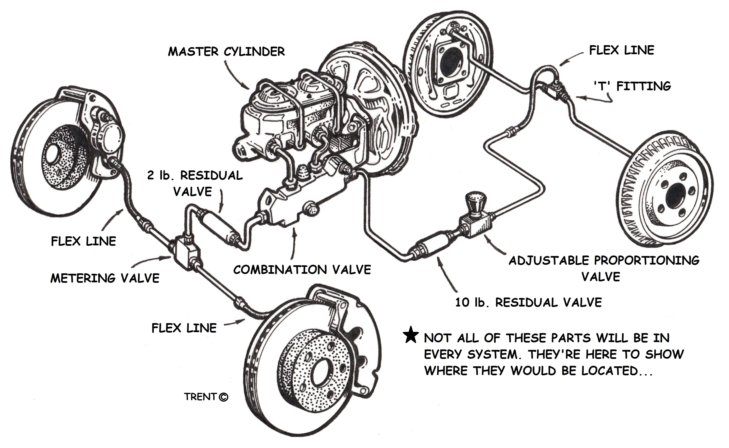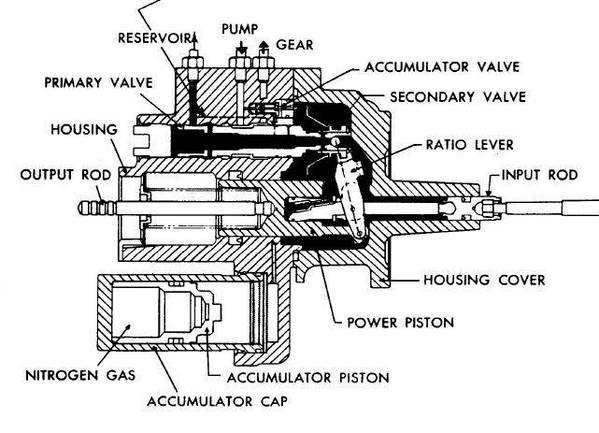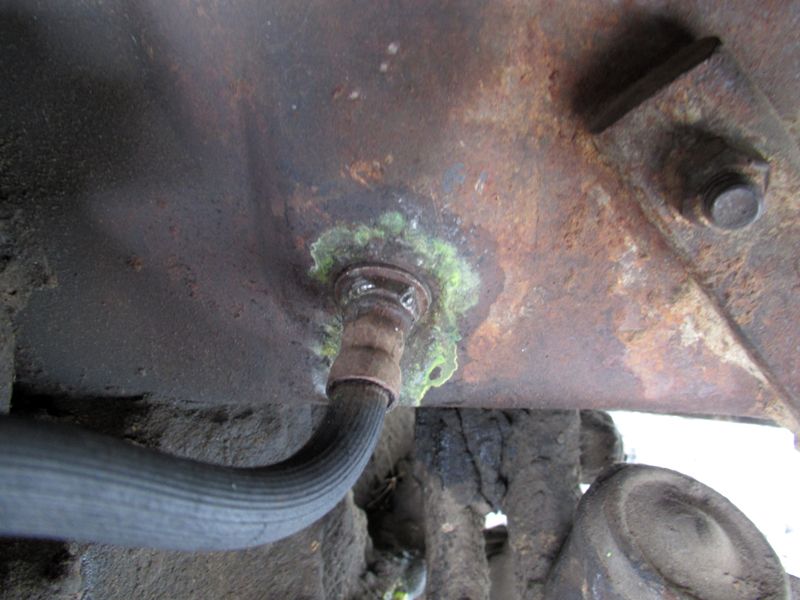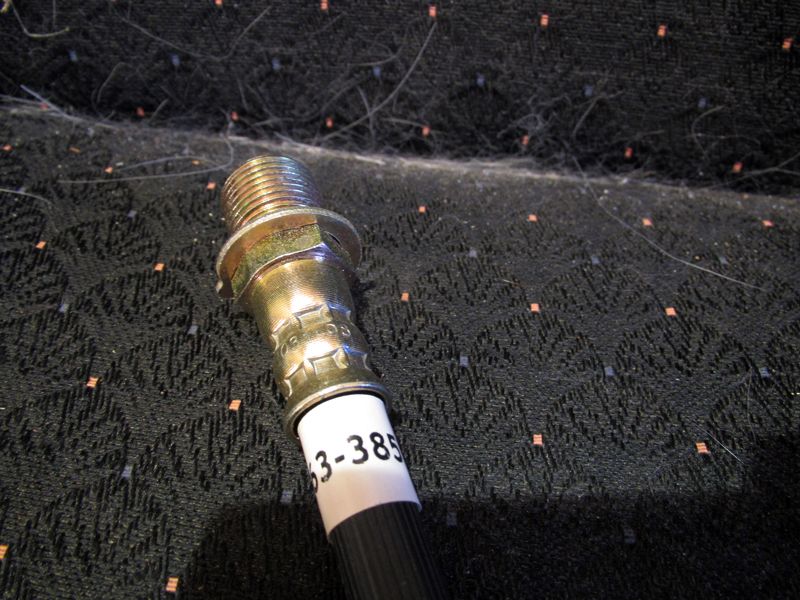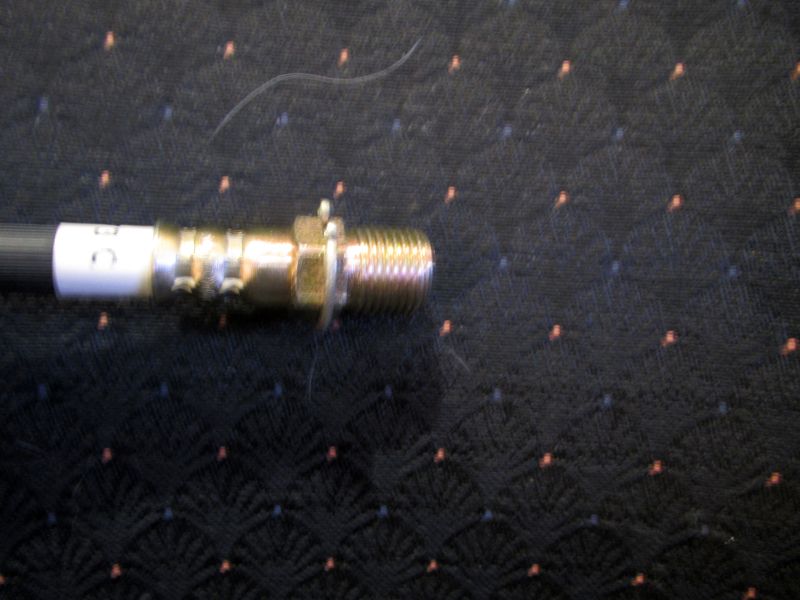ddoan
Star Shooter
Some years ago I had a situation where I had to replace my front brake hoses because they had gotten "hard." I was told by a fellow X enthusiast that the reason that my brakes would lock up when depressed was due to "hardened" brake hoses.
Well, I am having a similar situation with my truck (hope you don't mind solving a non-X problem). When I depress the brake pedal, the caliper piston clamps onto the rotor, but does not release when I take my foot off the pedal. As with my X, I've replaced the brake caliper and brake pads but the problem persists. So, what is happening? If it is a "hard" brake hose, what does that mean, and why does it cause the caliper piston to not release?
With my X, replacing the hoses solved the problem, but I still don't understand why. Now, I am wondering if this is a general remedy for sticking brakes.
Thanks for your enlightenment.
Don
Well, I am having a similar situation with my truck (hope you don't mind solving a non-X problem). When I depress the brake pedal, the caliper piston clamps onto the rotor, but does not release when I take my foot off the pedal. As with my X, I've replaced the brake caliper and brake pads but the problem persists. So, what is happening? If it is a "hard" brake hose, what does that mean, and why does it cause the caliper piston to not release?
With my X, replacing the hoses solved the problem, but I still don't understand why. Now, I am wondering if this is a general remedy for sticking brakes.
Thanks for your enlightenment.
Don


